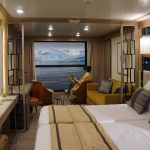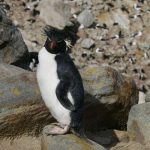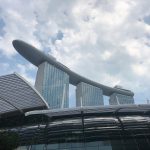
One of the great pleasures of a Holland America Grand World Voyage is that it transports you to far-flung destinations; in the case of 2020, Holland America’s Amsterdam went to the bottom of the Earth. So, after several calls in South America, it was time for us to go “with the floe” to Antarctica.
“The land looks like a fairytale,” explorer Roald Amundsen said about Antarctica. And so it was, as we sailed in Admiralty Bay, with its ice- and snow-covered peaks; and near historic Elephant Island, where legendary explorer Ernest Shackleton and his crew were stranded during one of his Antarctic expeditions. Shackleton and other explorers would have been amazed at the level of comfort we were experiencing in these remote latitudes! We had juices, coffee, various soups to ensure we never went hungry or thirsty while sightseeing. Daytime temperatures ranged from 34 to 39 degrees.
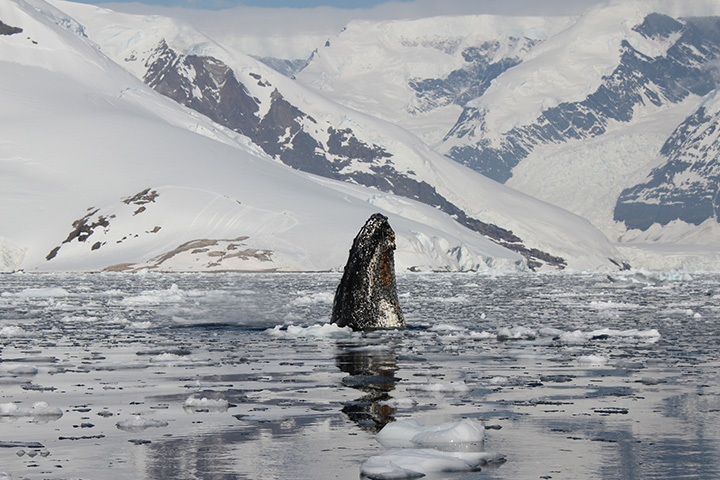
Among the many highlights in this natural wonderland were sightings of humpback whales — their tails waving gracefully as they submerged, like the fans of Spanish señoritas. We also saw fin whales, seals, albatross, penguins and other seabirds. We observed impressive floes in “iceberg alley,” as the Antarctic Sound is often called. Some of these floes had blue- and green-huded ice and fanciful shapes — one resembled a castle. A tabular one looked like an apartment complex; Captain Jonathan Mercer, of the vessel Amsterdam, calculated it was 400 feet high!
Other amazing moments included scenic cruising in Paradise Harbor, where the Chilean scientific station is flanked by a colony of Gentoo penguins, a dash of white plumage above each of their eyes.
Going to Antarctica, we had been scheduled to stop at Stanley in the Falklands Islands; due high winds and swells, the local harbor master cancelled the call as tendering was deemed unsafe.
During past visits to Stanley, we had enjoyed the penguin colonies at Volunteer Point, where we watched on a windswept beach the King penguins with their neck-adorned gold and orange feathers — at three feet tall, the second largest species after Emperors. We had also adored Bluff Cove, home to King, Gentoo and Magellan penguins.
Attractions near Stanley Harbor consist of an impressive whale bone arch, a totem pole, several shipwrecks and war memorials including the one from the conflict with Argentina in 1982 — Argentina wanted to annex the islands, which it calls Islas Malvinas. Other points of interest include the Falkland Islands Museum with exhibits including whaling paraphernalia, and Government House, residence of the islands’ governor. Outside Stanley at Whalebone Cove, the hull of Lady Elizabeth, a three-masted iron barque from the turn of the 20th century, can be seen.
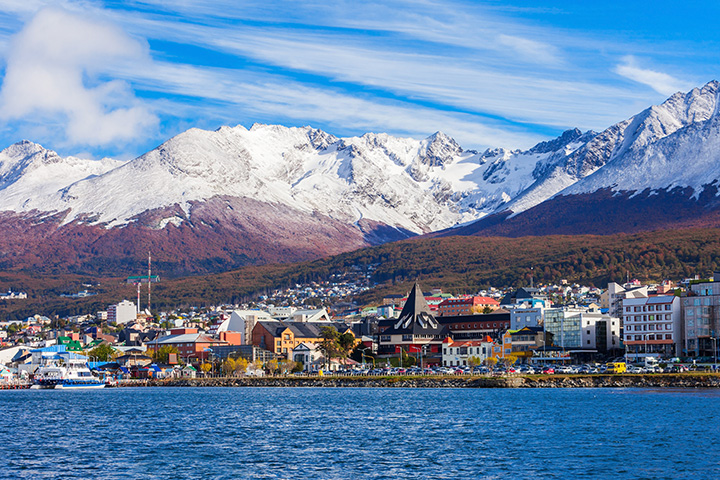
After our Antarctica experience, we went to Ushuaia, Argentina — considered the “End of the World,” since it is the southernmost town on Earth. A quaint community with mountains and architecture that give it a Swiss vibe, it is on the Beagle Channel (named for the H.M.S. Beagle expedition ship once taken by Charles Darwin for his observations that led to his work, On the Origin of Species). Ushuaia is the gateway to the Tierra del Fuego National Park, a half-hour southwest of the town. The park is the endpoint of the Pan American Highway, a thoroughfare that you could take from here to Alaska.
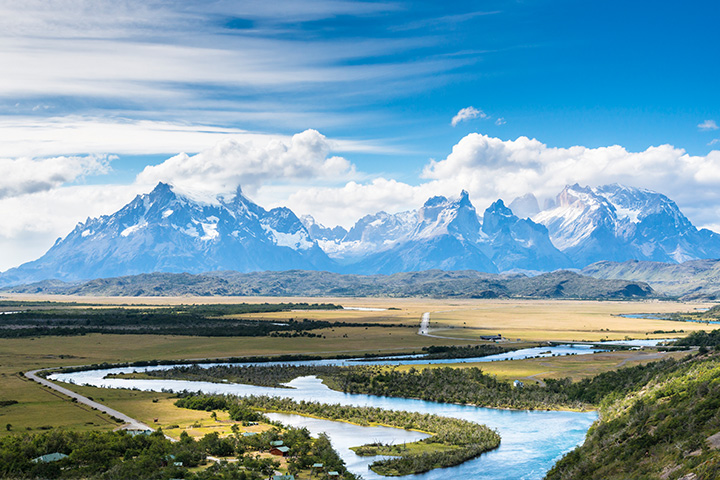
The Tierra del Fuego National Park was created in 1960 to protect the southern tip of the Andes. It encompasses mountains, deciduous and evergreen beech forests, lakes, streams and the coast. Flowers found in the park include white, yellow and green orchids, and its fauna features 20 species of mammals, including the llama-like guanaco, rabbits and the red fox. We spotted one of the latter, a beautiful creature with a black-tipped tail, in the woods.
Our tour bus stopped, and the red fox sauntered across the road: a wonderful sight. Other fauna included black-necked swans and a family of Upland geese walking proudly with their chicks. Giant woodpeckers and condors also frequent the park. Our tour stops included Ensenada Bay, with the Earth’s southernmost post office and hills embracing its waters; Roca Lake, shared by Argentina and Chile; and the Alakush Visitors Center. At the latter, there’s an exhibit about the Yamana, the area’s original inhabitants, and an observation tower with expansive views of the majestic southern Andes.
During our latest visit, we chose to stay in Ushuaia and enjoy its scenic beauty. Ushuaia means “deep bay” in the language of the Yamana people, and the town is nestled by a lovely bay with the Beagle Channel before it and the breathtaking Martial Glacier Mountain Range, for a backdrop at the foot of the southern Andes. A town of about 60,000 people, it has a lively main street with lots of eateries, watering holes and shops. There is a Maritime Museum with ships models and antique maps. Another attraction is the 19thcentury El Presidio or Old Prison, which is modeled after England’s Port Arthur Prison in Tasmania, Australia and France’s Devil’s Island and designed in its time to hold Argentina’s worst offenders in this remote outpost. It was closed in 1947.

We made sure we were up on deck for the view of the town and its majestic backdrop of mountains, as we departed Ushuaia and sailed into the Beagle Channel. From there on we sailed through the Strait of Magellan and the Chilean Fjords — so beautiful, they rival the better-known Norwegian Fjords.
If a voyage to the bottom of the world appeals to you, contact Cruise Specialists.
